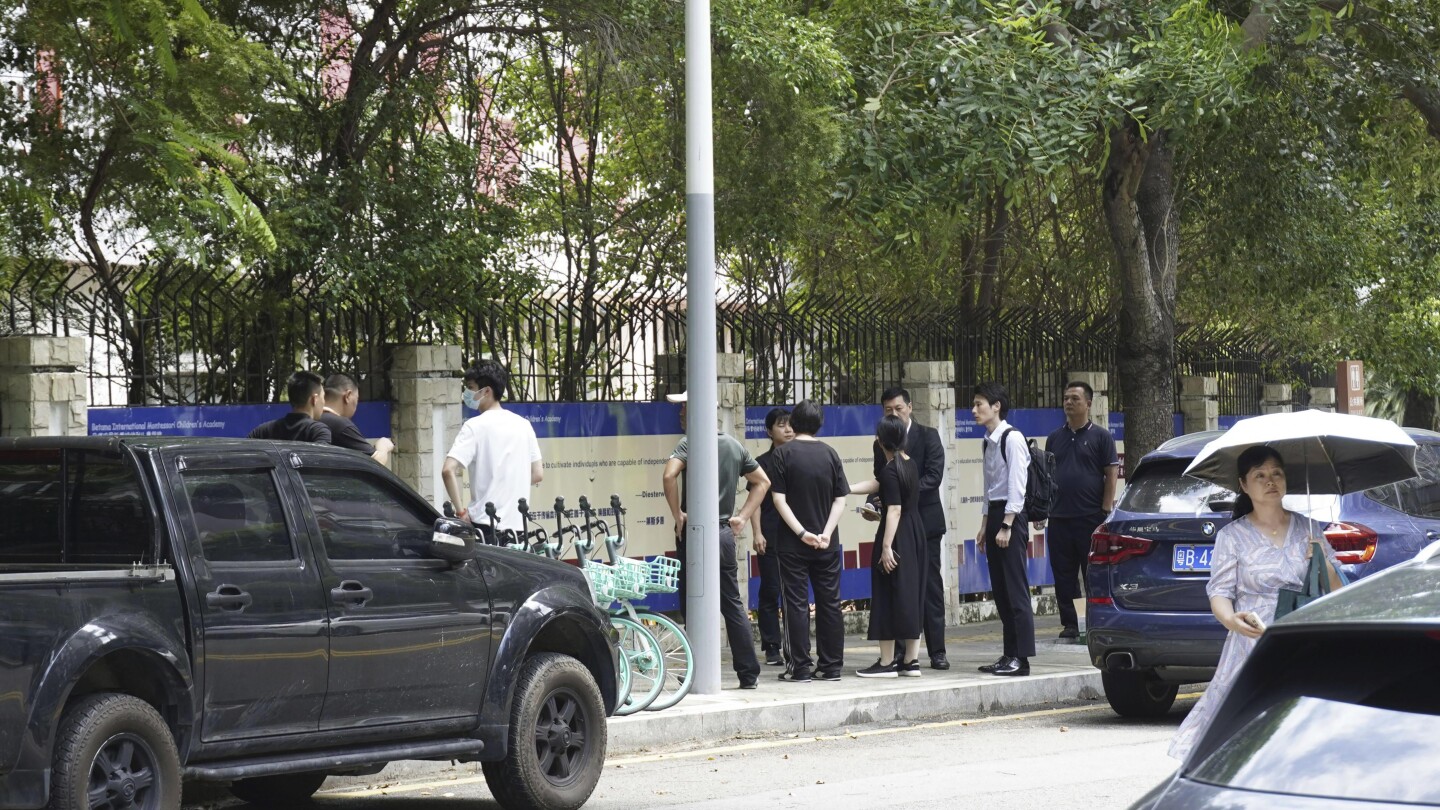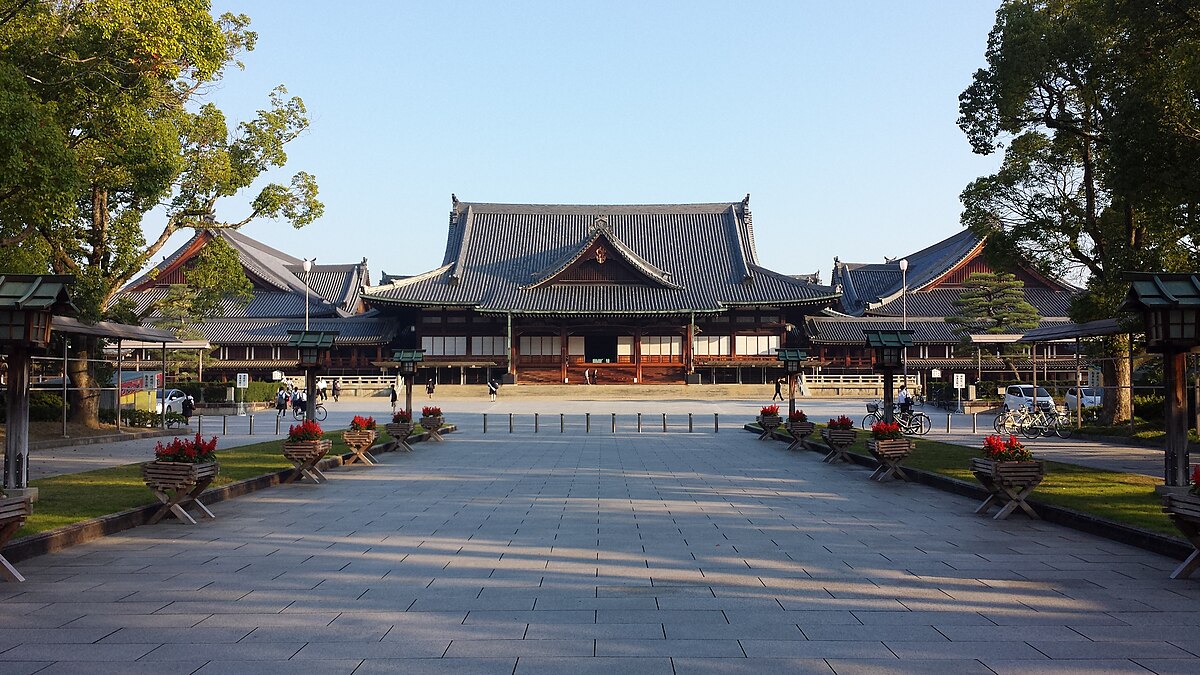Hey, an alert to and from an Asian SS brother, have you heard about the recent stabbing of Japanese students in China  ? My condolences to the guy's Soul and his family. I was in Taiwan at the time these stabbings were occurring, laptop wasn't with me, and @STanBlank sent me in a DM of what was happening in mainland China to Japanese foreign students. According to his own personal investigation, this is politically-motivated and of doing by the communist party. May they feel the wrath of Lord Baal Zabul....father of the Oriental race.......(sorry for the crappy link display, only one of them shows the preview).
? My condolences to the guy's Soul and his family. I was in Taiwan at the time these stabbings were occurring, laptop wasn't with me, and @STanBlank sent me in a DM of what was happening in mainland China to Japanese foreign students. According to his own personal investigation, this is politically-motivated and of doing by the communist party. May they feel the wrath of Lord Baal Zabul....father of the Oriental race.......(sorry for the crappy link display, only one of them shows the preview).
One of the biggest issues plaguing the Orientals as me and @STanBlank have observed is the inter-fighting and hatred between the Oriental subraces.

 apnews.com
apnews.com
One of the biggest issues plaguing the Orientals as me and @STanBlank have observed is the inter-fighting and hatred between the Oriental subraces.
A 10-year-old Japanese boy stabbed near his school in China has died
Officials in Tokyo say a 10-year-old Japanese student attending a Japanese school in southern China who was attacked the day before has died, asking Beijing to provide details of the stabbing and take preventive measures.





Reactions: Sonne